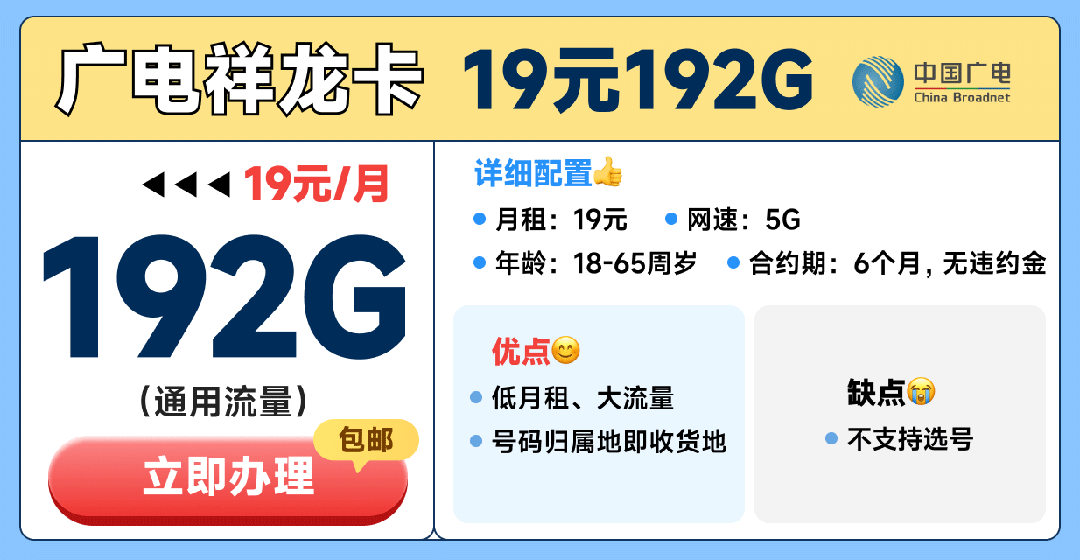一般現(xiàn)在時(shí)(Simple Present Tense):表示經(jīng)常性或習(xí)慣性的動(dòng)作或狀態(tài),I eat breakfast at 7 every day.(我每天早上7點(diǎn)吃早餐。)
一般過去時(shí)(Simple Past Tense):表示過去發(fā)生的動(dòng)作或狀態(tài),或者在過去的習(xí)慣性動(dòng)作,She visited her grandmother last weekend.(她上周末去看望她的祖母了。)
現(xiàn)在進(jìn)行時(shí)(Present Continuous Tense):表示正在進(jìn)行的動(dòng)作,強(qiáng)調(diào)的是動(dòng)作的持續(xù)狀態(tài),They are watching TV now.(他們正在看電視。)
過去進(jìn)行時(shí)(Past Continuous Tense):表示過去某一時(shí)刻正在進(jìn)行的動(dòng)作,通常與“at that time”或“when”等時(shí)間狀語連用,At that time, I was studying for my final exam.(那時(shí),我正在為期末考試復(fù)習(xí)。)
現(xiàn)在完成時(shí)(Present Perfect Tense):表示過去發(fā)生的動(dòng)作對(duì)現(xiàn)在造成的影響,或者與現(xiàn)在有關(guān)的動(dòng)作,I have finished my homework.(我已經(jīng)完成了我的作業(yè)。)
過去完成時(shí)(Past Perfect Tense):表示過去某個(gè)時(shí)間點(diǎn)之前已經(jīng)完成的動(dòng)作,He had already left when I arrived.(我到達(dá)的時(shí)候,他已經(jīng)離開了。)
將來時(shí)(Future Tense):表示將要發(fā)生的動(dòng)作或狀態(tài),We will go to the beach tomorrow.(我們明天會(huì)去海灘。)
這些是最基本的英語時(shí)態(tài),但是實(shí)際上還有更多的復(fù)雜時(shí)態(tài)和用法,需要通過學(xué)習(xí)和實(shí)踐來掌握。



發(fā)表評(píng)論